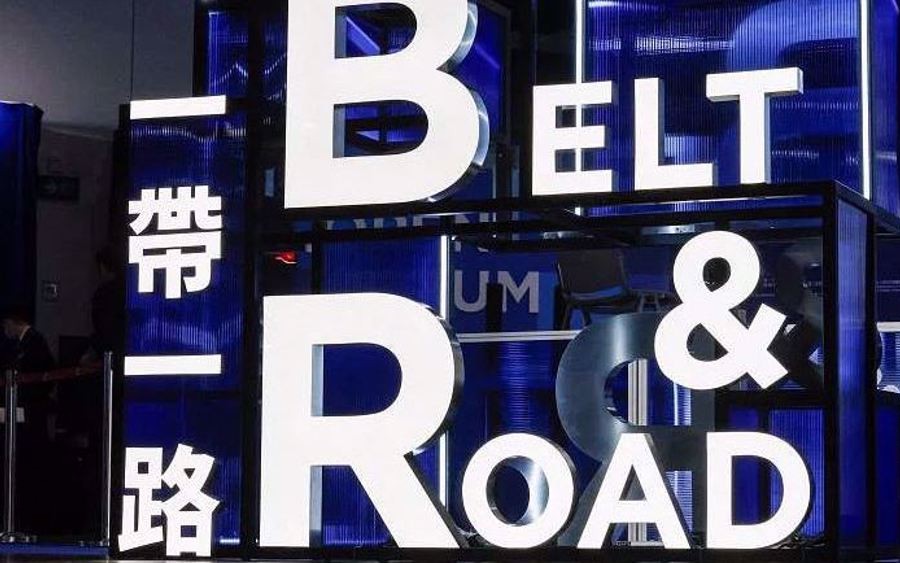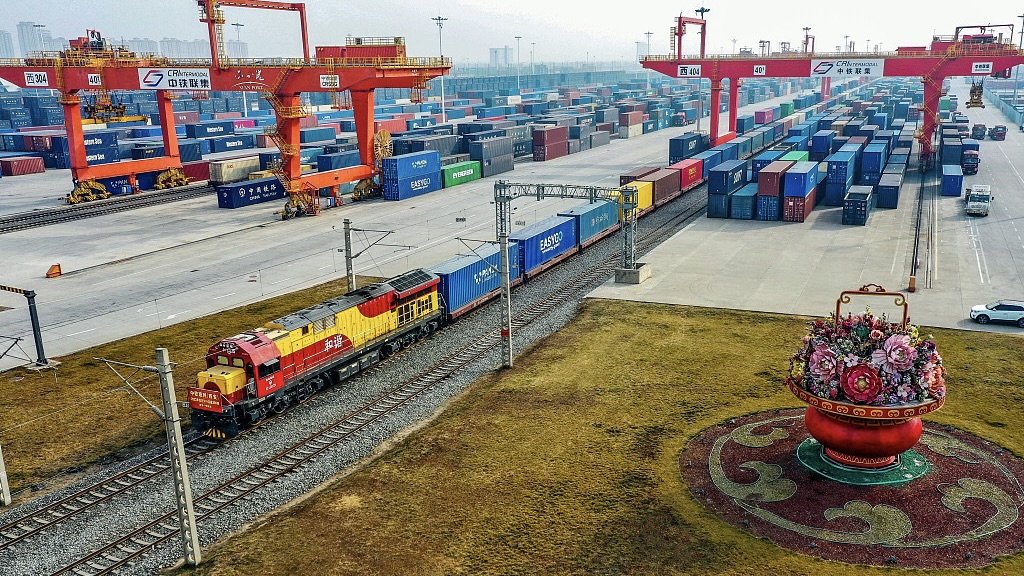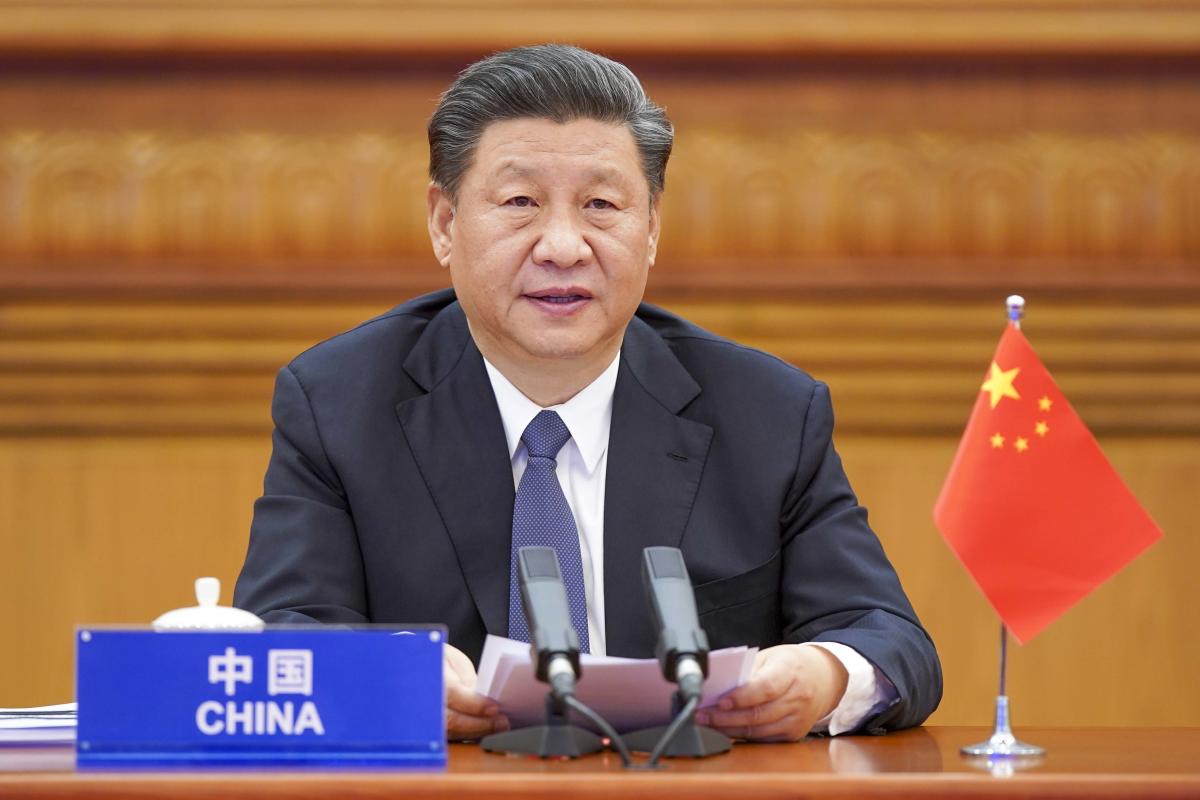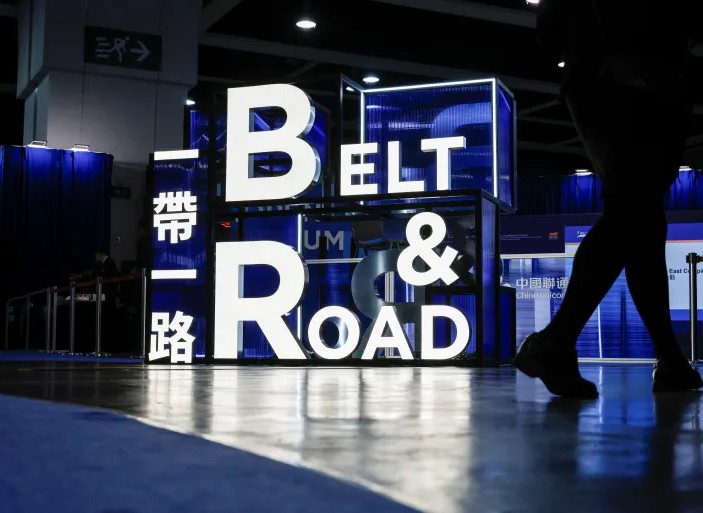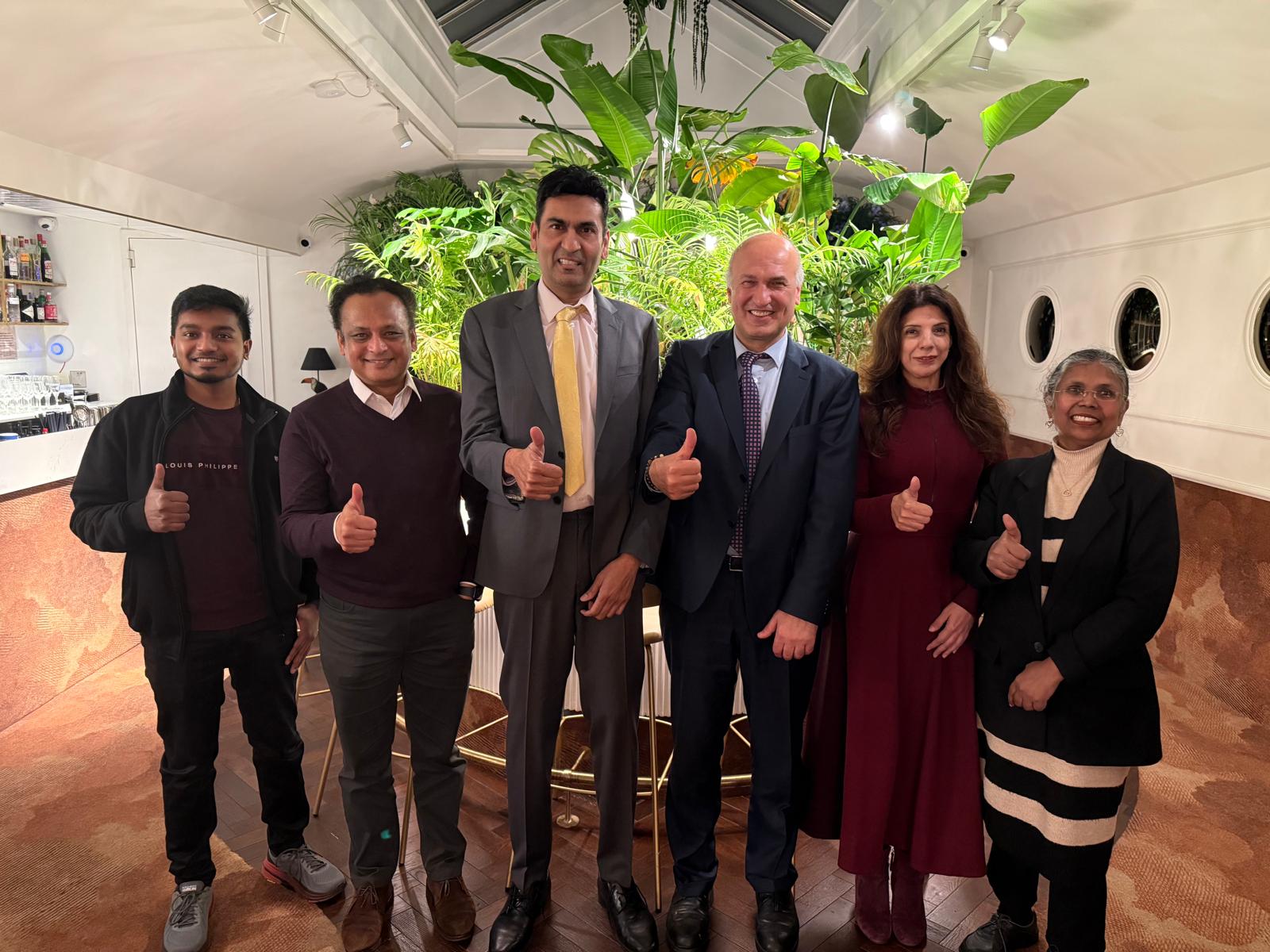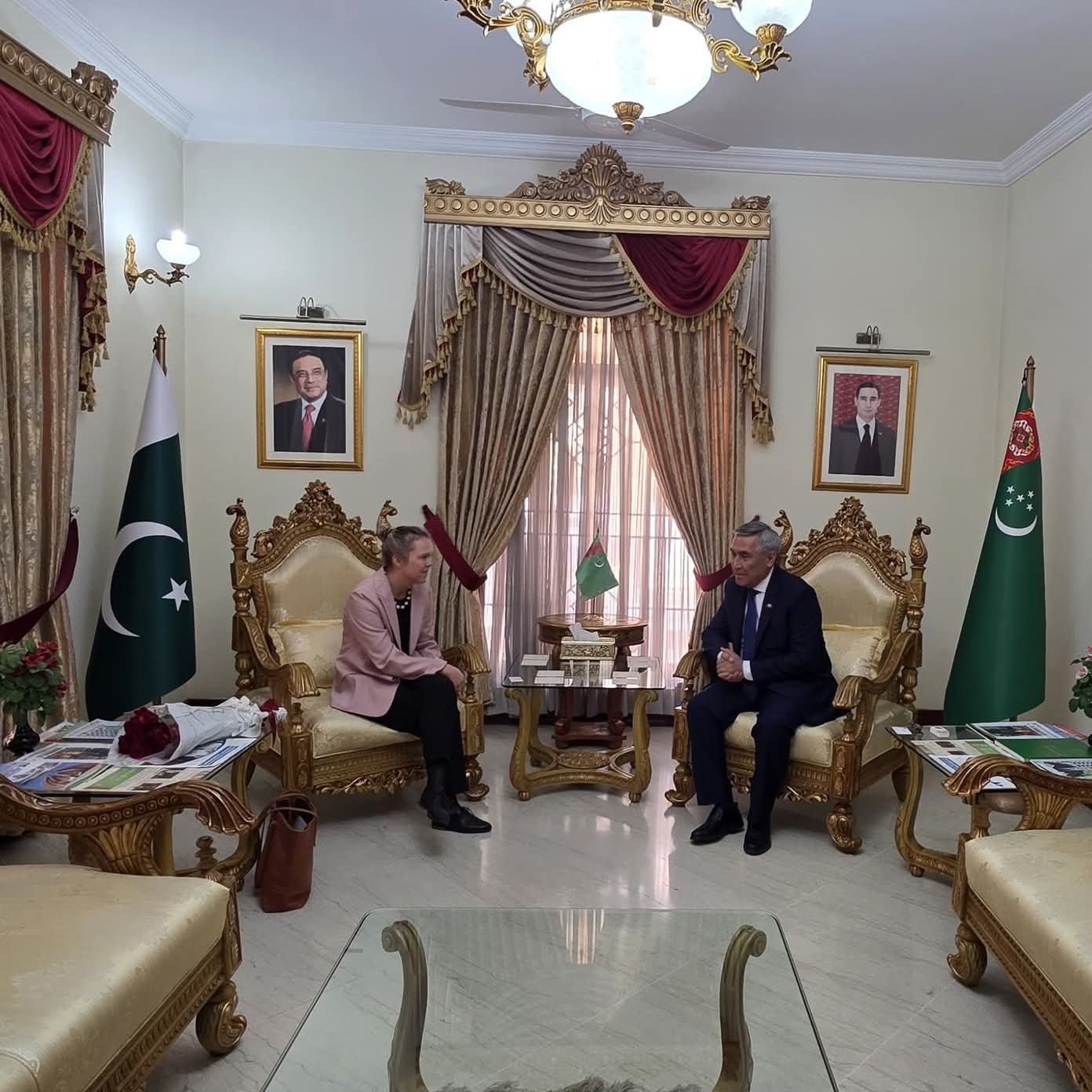When BRI was launched in 2013 by president of china Xi Jing Ping, no one knew that this project going to be one of the largest projects in history. The project that was initiated with the purpose of connecting China to the world is now serving a source of economic gains for the myriads of countries covering various continents from Asia to Europe to Africa. This projects covers about 150 countries with the goal to enhance regional connectivity through humongous investments.
Infrastructures over the 12 years
There are several investments made by china in several countries, starting with the largest investment in Pakistan in various sectors like infrastructure, energy and development with the investment reaching to more than $62 billion in China Pakistan Economic Corridor (CPEC) which stands as a flagship BRI project. Under CPEC the Gwadar Port and international airport in Pakistan is a hot topic. This Infrastructure will expected to push Pakistan’s exports to higher levels by creating more trade routes connecting South Asia, Africa and the Middle East.
In Africa the Mombasa-Nairobi railway has become the Kenya’s first railway in 100 years which causes reduce in freight cost by 40% which ultimately results in a boost in the GDP of the country. Completed in 2017, it has improved the transport system as well as creating thousands of jobs during construction.
Taking in account the other investment in 2021 the China-Laos railway. This 1035km railway has reduces the commute by 10 hours in between the two countries. This has made a landlocked country like Laos a trading hub.
The Jakarta-Bandung line in Indonesia bought modern technology in the entire region which was started in 2023. It is the Southeast Asia’s first high speed train that minimizes the distance to 30 minutes from 3 hours. This project highlights the tech cooperation and how an advanced transport systems can be created with international cooperation.
The Piraeus Port of Greece in Europe is now the biggest shipping hub thanks to the efforts of china. The expected project of Hungary-Serbia the will open in 2026 expected to reduce the travel time immensely.
Green Initiatives
As the world’s climate is taking upturns rapidly there is an urgent need to make efforts to reduce the worsening impacts of climate change on the entire world. Before the calamities due to climate change BRI’s focus was to expand the horizons of china by increasing connectivity and cooperation and economic growth. Over these twelve years the however the increasing catastrophic impacts of environment has urged china to shift their focus to sustainability, green development and digital infrastructure. In 2025, china’s investment in renewable energy if groundbreaking. Wind, solar and waste-to-energy projects receives $9.7 billion.
Aside from this, the importance of using of digital infrastructure has been stressed. The growing influence of technology has pushed china to include projects like satellites network, internet connectivity and 5G telecommunication. As in Mozambique BRI funded project has provided 1000 villages with satellite televisions.
Uneven Benefits
While for some countries the BRI has proven beneficial, others have face serious dilemmas because of the non-uniform impacts of BRI. The most pressing matter is debt sustainability. More than half of the countries that are the part of BRI face high debt risk. These developing countries struggles to repay the debts. Sri Lanka has to lease its Hambantota port to China for 99 years after falling behind payments. For the case of Pakistan, about 1/4th of its total debt to China. These cases raises problems like debt trap diplomacy.
Benefits from BRI
Despite all the challenges, BRI stands firm. It has created about 400000 jobs in host countries according to the claims of China and has connected 60 cities of china with European cities. This initiative is reaching its thirteenth year with more stress on sustainable development as it has announced that it would stop funding the coal bases power plants. According to World Bank, BRI transport projects could lift up to 7.6 million people out of poverty, and has the ability to increase the global trade by 6%. Beyond the economic gains it has also influenced the cultural exchanges by proving scholarships, research opportunities and various training programs.
Final Remarks
The Belt and Road Initiative has bridged the gap between many countries and has transformed the global infrastructure. With the creation of new Roads, Railways and Ports, it has created a link between remote regions and global markets. Alongside connectivity it has brought many facilities like electricity in African region. As BRI is continuously evolving, the true wealth lies in how the benefits from its projects are benefiting the people. BRI is about opportunity, inclusivity and growth under the umbrella of transparency, fairness and green values, these are the major drivers of development in the era we are living in.

Participant of ICSF-UoS Fellowship Program 2025-26 at University of Sargodha.
